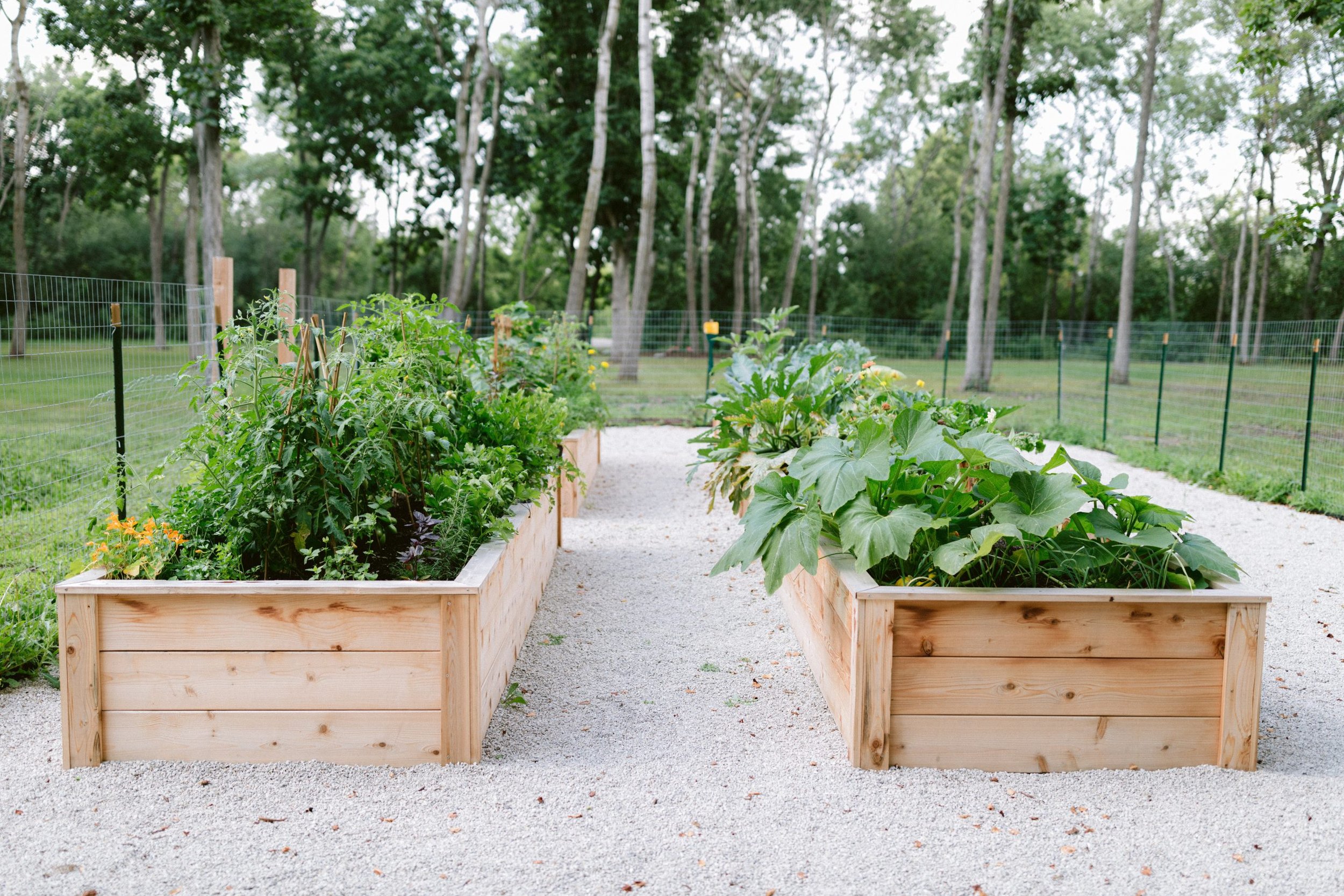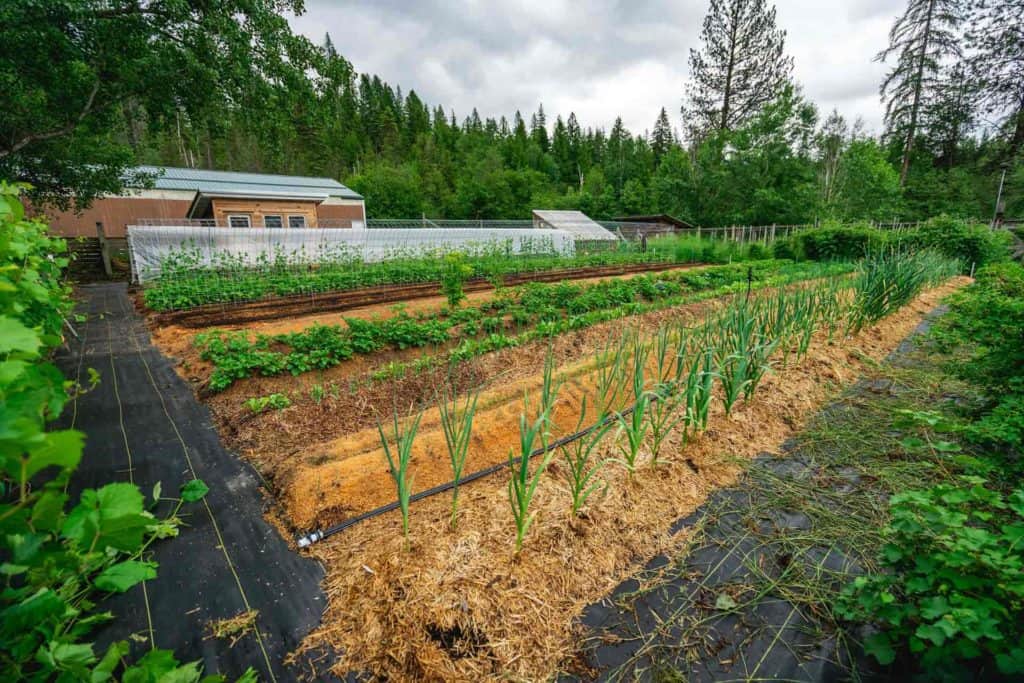Maximize Your Space for Homestead Gardening
Maximize Your Space for Homestead Gardening
Blog Article
Learn How to Grow a Growing Gardening Atmosphere for All Ability Levels
Producing a growing yard is a diverse undertaking that can be accepted by people at any type of ability degree. By examining vital elements such as soil wellness, appropriate plant choice, and seasonal treatment routines, one can create a lasting horticulture method that yields rewarding outcomes.
Recognizing Your Garden Area
In the realm of gardening, recognizing your garden room is vital to cultivating a growing landscape (Homestead Gardening). The initial step in this undertaking entails assessing the specific features of your plot. Factors such as dirt composition, sunshine exposure, and drainage play essential functions in figuring out the suitability of your yard for various kinds of plants
Begin by performing a dirt examination to analyze pH levels and nutrition content, which will certainly educate any essential amendments. Furthermore, observe just how much sunshine your area obtains throughout the day. Various plants have varying light requirements; some thrive completely sun, while others choose full or partial color.

Lastly, evaluate the available space and plan as necessary. This includes thinking about plant elevations and infected make sure ample room for development without congestion. By getting a detailed understanding of your garden room, you set the foundation for a successful gardening experience.
Selecting the Right Plants
Selecting the right plants for your yard requires cautious consideration of different factors, consisting of environment, soil problems, and individual preferences. Begin by evaluating your local climate, as details plants prosper in particular temperature arrays and climate patterns. Tropical plants may not make it through in chillier areas, while durable perennials can hold up against extreme winters.

Consider your individual preferences, including visual charm and maintenance levels. Make a decision whether you prefer vibrant flowers, rich vegetation, or edible plants. In addition, consider the moment and initiative you want to spend in plant treatment, as some ranges require even more focus than others.
Lastly, think of the garden's layout and light direct exposure. Sunshine patterns throughout the day will affect your selections-- some plants call for complete sunlight, while others flourish in shade. By attentively evaluating these components, you can create a harmonious and effective yard tailored to your atmosphere and preferences.
Crucial Gardening Tools
A well-appointed garden enthusiast can substantially enhance their gardening experience and end results. Essential horticulture devices are essential to growing an effective yard, regardless of skill degree. A strong spade is indispensable for digging and transforming dirt, while a trowel enables for precise growing and transplanting of smaller sized plants.
Pruning shears are essential for maintaining plant health and wellness by removing overgrown or dead branches, advertising much better air blood circulation and development. Furthermore, a hand rake is helpful for clearing particles and freshening the dirt, guaranteeing optimum conditions for plant origins.
Gardening handwear covers protect hands from sores, thorns, and chemicals, making them a crucial accessory. A watering can or tube with a flexible nozzle makes sure that plants get appropriate dampness without overwatering.
Lastly, consider buying a tough wheelbarrow for carrying soil, plants, and tools around the yard successfully. By assembling a high quality toolkit that consists of these vital products, garden sites enthusiasts can tackle different tasks with confidence and convenience, paving the way for a prospering horticulture setting. Keep in mind, the right devices not just enhance performance yet likewise enhance the overall satisfaction of the gardening process.
Dirt Prep Work and Upkeep
Quality soil is the structure of a successful yard, making correct preparation and maintenance crucial for healthy and balanced plant development. Based on the test results, changes can be made to optimize soil conditions for particular plant requirements.
Incorporating raw material, such as garden compost or well-rotted manure, is necessary for boosting dirt framework and fertility. This not just boosts vitamins and mineral accessibility however also advertises advantageous microbial activity. In addition, appropriate drain is important; hefty clay soils might require the enhancement of sand or perlite to enhance oygenation.
Routine maintenance of soil health and wellness includes mulching, which preserves moisture and reduces weeds. Turning plants every year aids learn the facts here now prevent nutrient deficiency and reduces pest and condition threats. It is also essential to stay clear of over-tilling, which can disrupt soil framework and injury valuable microorganisms.
Ultimately, a consistent dedication to dirt prep work and maintenance will certainly result in a prospering garden, making certain that plants receive the vital nutrients they require for robust development and performance.
Seasonal Treatment and Monitoring

In springtime, focus on planting great site new seeds and plants, while also conducting dirt examinations to modify nutrient shortages. On a regular basis inspect for illness and pests, as these can proliferate with the warming weather. Summer needs regular watering and mulching to keep moisture, together with pruning for better air blood circulation.
As autumn approaches, it's time to prepare the yard for inactivity. This includes collecting plants, tidying up particles, and using a layer of compost to protect plant roots from frost. Take into consideration growing cover plants to enrich the soil during the winter months.
Lastly, wintertime treatment is important. Examine frameworks like greenhouses for damages and make certain proper insulation for sensitive plants. Consistently monitor for bugs that might seek sanctuary inside. By adapting your horticulture techniques to the seasonal cycles, you can promote a growing atmosphere that supports plant wellness year-round.
Final Thought
In verdict, growing an effective yard needs a detailed understanding of essential concepts such as dirt structure, sunlight direct exposure, and suitable plant choice. Routine seasonal care and administration methods even more improve plant health and performance.
Selecting the right plants for your garden calls for cautious consideration of numerous variables, including environment, dirt conditions, and individual preferences. Conduct a dirt examination to establish pH degrees and nutrient content, which will certainly guide you in choosing plants that will thrive in your yard.Finally, take into consideration investing in a durable wheelbarrow for moving soil, plants, and tools around the yard efficiently.Quality dirt is the foundation of a successful yard, making proper prep work and upkeep crucial for healthy plant development. Homestead Gardening.In final thought, growing a successful garden requires an extensive understanding of vital concepts such as soil structure, sunlight exposure, and appropriate plant choice
Report this page